This busy metropolis on the southeastern island of Mindanao is one of the world’s largest cities in terms of land area. Since the 1970s when the city gained the earmark of being the “killing fields” of the Philippines —a “murder city”— Davao has dramatically transformed. But since 1988 it has become the safest city in the country and one of the most livable cities in Asia. Famous as the home turf of once legendary mayor (and now Philippine President) Rodrigo Duterte, the restorer of peace and order of this colossal city, Davao is now an apogee of Philippine tourism and an ideal destination for both local and international tourists.
My recent trip to Davao gave me an opportunity to jot down a few of my experiences in this sprawling, yet vibrant, metropolis. From cozy hotels to exceptional nighttime pubs, buffets and restaurants, the city also abounds with fruits and fresh seafood including tuna, which is supplied by General Santos City.
I arrived at the central hub of Davao City around 8:30 in the evening and went straight to my hotel before my close friend, Dab, picked me on the way to Matina Town Square. Here at MTS, I sensed ever deeper the comfortable atmosphere and environment of Davao. We enjoyed its beer and food, including some fresh fruits, with Dab and his wife also sharing their perspectives about the city.
The Matina Town Square, or simply known by locals as ‘MTS’, is located at MacArthur Highway in Matina, only a few minutes ride from downtown. MTS serves as its entertainment center, a sought-after venue for nightly live band performances particularly on the weekends. It features an open compound of several commercial shops, restaurants, bars, and a coffee shop, with a playground for children, a mini-garden with benches, and a police outpost accessible 24 hours daily to take care of public safety.
By 12:30 a.m., somewhat exhausted; Dab and his wife brought me back to my hotel. However, we indulged ourselves in more conversation before finally bidding farewell to each other. I went to bed and slept like a log.
The following morning I explored the central district where Davao City’s seat of government is located. I took my breakfast at one of the fast food chains nearby. It is, indeed, a bustling metropolis yet with orderly traffic and clean surroundings including an anti-smoking ordinance. This anti-smoking regulation applies to all means of public transportation, accommodation and entertainment establishments, workplaces, enclosed and partially enclosed public places and buildings, and public outdoor spaces. The penalties for violating such law are hefty and range from huge fines to months of imprisonment.One important decree that visitors and tourists in Davao City should be aware of is its amended liquor ban as all persons are prohibited to sell or serve alcoholic beverages and other intoxicating products from 1:00 a.m. to 8:00 a.m. Consuming alcoholic beverages and other similar products are also prohibited in business establishments and public places (such as streets, plazas, parks, parking areas, etc.). All persons below legal age are prohibited to consume alcoholic beverages in business establishments and public places.
Violation of said ordinance carries hefty fines and/or months of imprisonment on first to second offenses and up to 1 year imprisonment. Davao, moreover, is also a drug-free city. In other words, discipline is strictly observed in this highly urbanized city.
Next, I spent time visiting the 700-square-meter 3-storey D’ Bone Collector Museum, a natural history museum and education center in 76-A Bucana, Davao City, that exhibits preserved skeletons of various animals. The newly repaired, expanded and beautified museum is among the popular places of interest in the city. From its previously 150 bone specimen collections, it has now reached over 8,000 specimens.
The first floor of the building holds the orientation room where different animal bones are displayed such as deer, crocodile and a replica of dinosaur bones. The second floor exhibits bones of land animals such as Philippine brown deer, diverse breeds of dogs, reptiles, freshwater fish and insects.
A faux cave displays ice-age mammoth bones and other fossils, artifacts, stones and minerals.
Various bones of marine mammals are on display on the 3rd floor such as a sperm whale with a lap length of 41 feet, a false killer whale, beaked whales and others. Darrell Blatchley, the museum’s founder, is originally from Idaho; the museum opened to the public in January 2012.
Most of the bones that Blatchley collected in the Philippines were donated, while other bones coming from abroad were purchased by him. The museum is open at 10:00 a.m. until 5:00 p.m., Monday through Friday. The entrance fee is P80 for children and P100 for adults. The D’ Bone Collector Museum is said to have the largest collection of bone specimens and the first in Asia.
From here, I proceeded via taxi to Riverfront, Diversion Highway in Ma-a to see Davao City’s Crocodile Park which is about 15 to 30 minutes from the downtown. The park per se does not only provide entertainment to visitors but offers information to touring researchers – for Biology, Zoology, Animal Science and Veterinary Medicine students conducting field study as well as to animal and wildlife enthusiasts, including information for the conservation of crocodiles and other wildlife animals.
Crocodile Park is not an all exclusive zoo for crocodiles. There are other exotic animal species, to, such as raptors, monkeys, bearcats, snakes, birds, and various reptiles with a state-of-the-art crocodile farming system. It is also one of the few places in the city where you can learn about and enjoy the rich flowers that grow in the region. Sonny Dizon and a group of entrepreneurs own and operate the Davao Crocodile Park.
Davao City has several more tourist spots. A few of these are “Zip City” for adventure lovers (at Hilltop, Barangay Langub); the “Tamayong Prayer Mountain” (situated in the foothills of Mt. Apo, Calinan District); the “Ramon Magsaysay Park” (at Poblacion District); the “People’s Park” (at Poblacion District); and the “Philippine Eagle Center” which is a forest-like conservation hub for endangered Philippine eagles located in Malagos, Baguio District.
As Davao City continues to highlight both its man-made and natural attractions, it also maintains an engaging stature on both the economic and security fronts. Business and tourism have increasingly thrived this year, according to its city government, maintaining its economic performance while the numbers of tourists have also increased.
Davao City recorded 2 million tourist arrivals in 2017 and 1.16 million in the first half of 2018. The vigorously growing business and tourism industries in Davao helped the city achieve a higher percentage growth rate. Mayor Sara Duterte-Carpio said this is because of the local government’s productive earning collection system and policies which created a safer environment for city residents.
Photo credits:
1. D’ Bone Collector Museum © Edgar Alan Zeta-Yap
2. Davao City Downtown © Jojie Alcantara

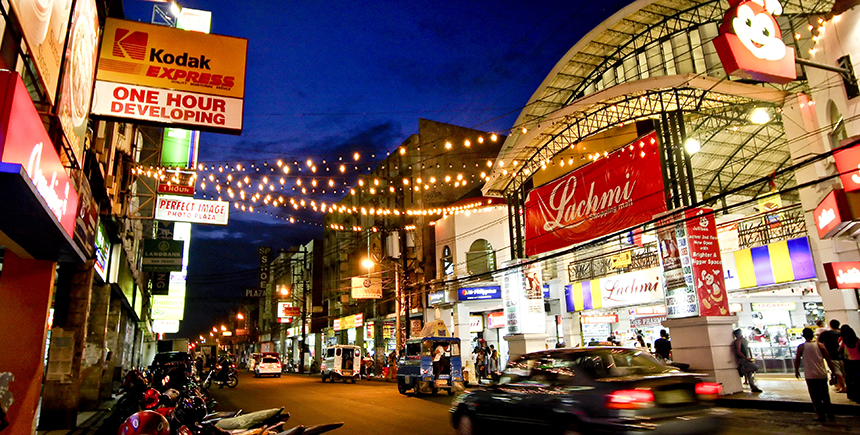

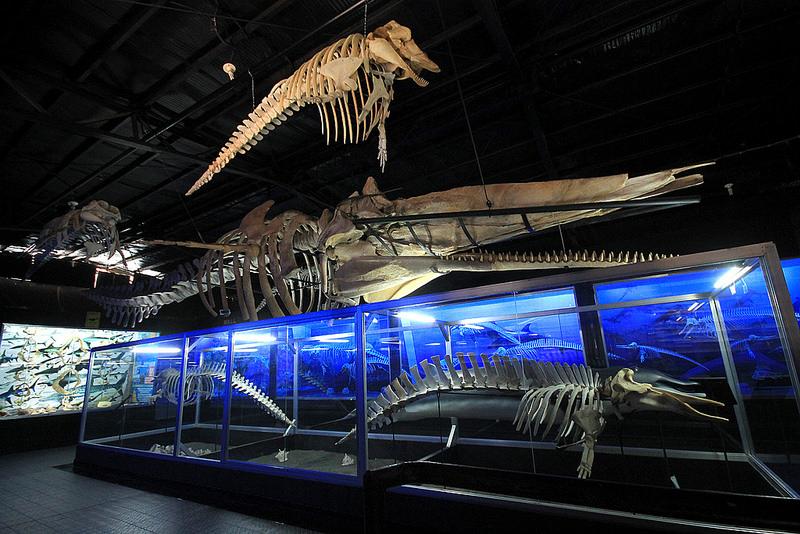
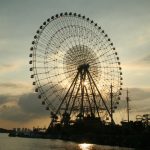
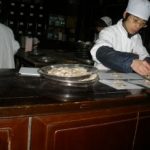
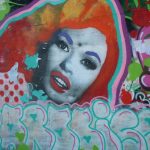
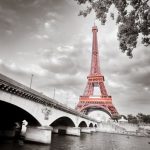
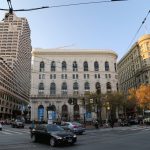

Leave a Reply